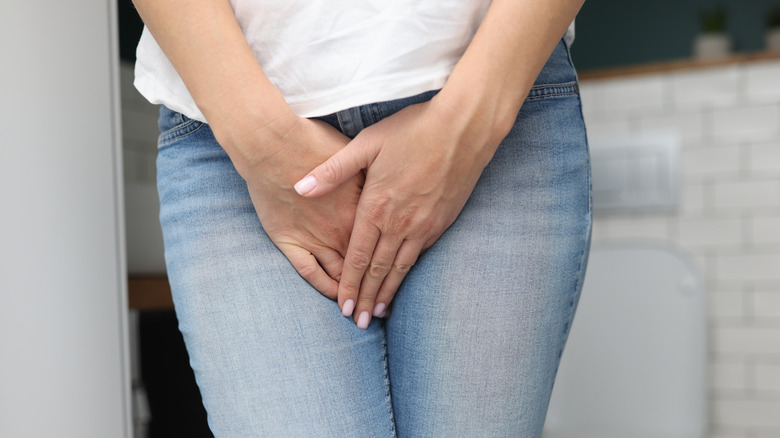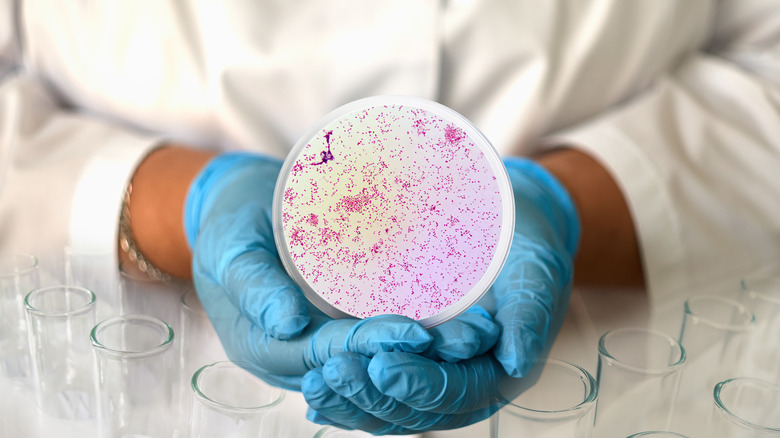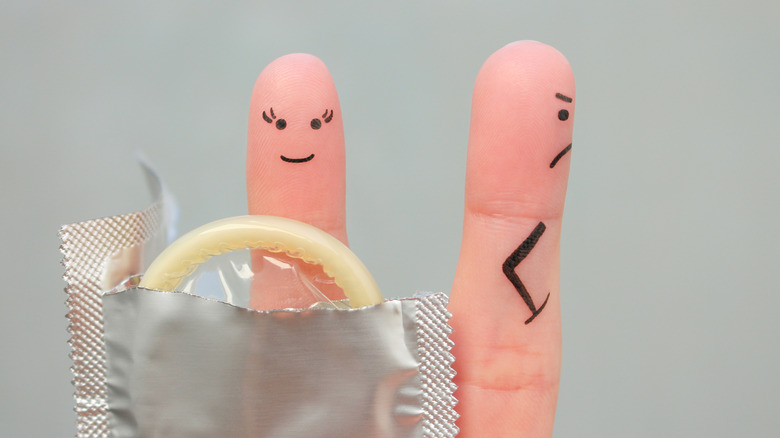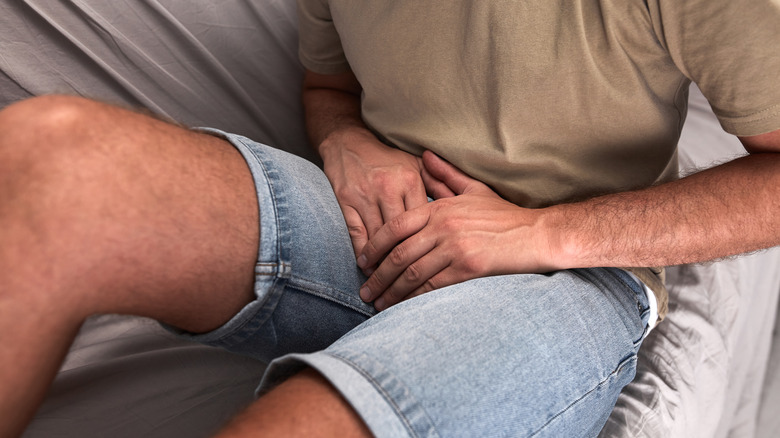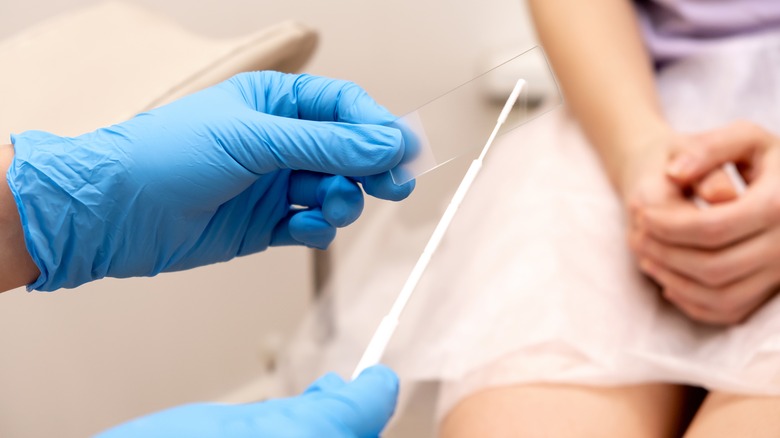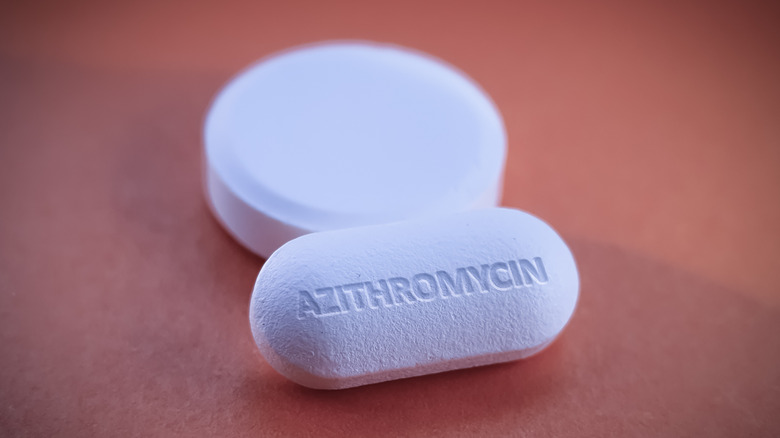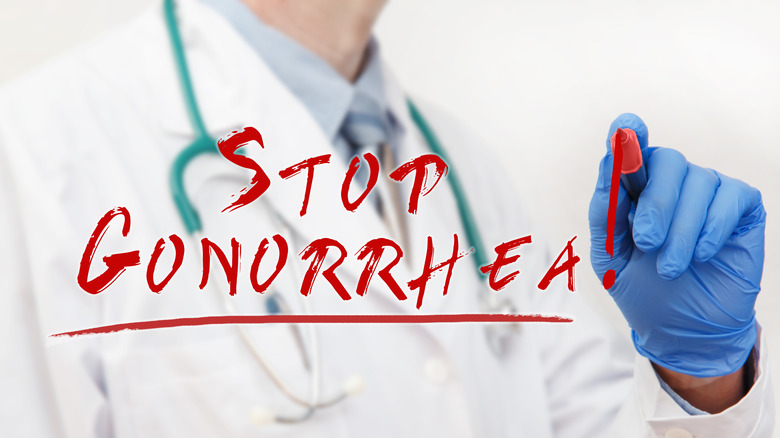Gonorrhea Explained: Causes, Symptoms, And Treatments
A research report on gonorrhea published in the Centers for Disease Control and Prevention (CDC) shows that about 1,568,000 Americans contract gonorrhea every year, an upward trend in new cases compared to the previous years. In fact, the CDC notes that as of 2020, the percentage increase of new cases from 2009 was more than 100%. With such concerning figures, it's not a surprise that gonorrhea was the second most frequently diagnosed sexually transmitted infection (STI) in 2020. The Globe News Wire also adds that, by around 2027, the gonorrhea therapeutics market is set to increase its value to almost two billion dollars. This shows that gonorrhea is a slowly growing health issue for most countries around the world.
Keeping in mind that there's a new drug-resistant form of gonorrhea known as super gonorrhea that's now challenging the previously effective treatment methods, according to the World Health Organization (WHO), the long-term effects of this condition are only going to get worse in the coming years. There has never been a more perfect time than now to learn how best to protect yourself from the condition, and to know which treatment and management options are available if you contract it. Here's all you need to know about the causes, risk factors, symptoms, prevention, and treatment for gonorrhea.
Causes and transmission
According to the Mayo Clinic, the root of gonorrhea is a bacterium known as Neisseria gonorrhoeae. This bacterium is most often transmitted during vaginal, anal, or oral sex — or any activity that brings someone into contact with vaginal secretions or semen from an infected person (via Planned Parenthood). Indeed, News Medical Life Sciences explains that the bacterium can also be transmitted via objects such as vibrators and other adult toys that come into contact with infected fluids, so it's important to wash these objects thoroughly after use. Babies can also get gonorrhea from their mothers as they're born. The infection can not be spread, however, through fluids like spit or snot, or through casual skin contact like hand-holding (via Planned Parenthood).
The bacterium typically affects the genitals, rectum, eyes, and/or throat (via the Mayo Clinic). The average period it takes from when you get infected to when you begin noticing the symptoms can range from about two days to a month (via News Medical Life Sciences), though the Mayo Clinic notes that many people won't experience noticeable symptoms at all.
Risk factors for contracting gonorrhea
Given that gonorrhea is transmitted through sexual contact, it's probably unsurprising that engaging in sexual activity with an infected person is a risk factor for contracting the disease. Canada.ca notes that the risk may be elevated for those who engage in unprotected sex with a new person, with more than one partner, or with anybody in an area that has a high infection rate. Risk may also be higher in those below the age of 25 and in gay or bisexual men. Also, if you've had sexually transmitted and blood-borne infections (STBBI) in the past, you're more likely to contract gonorrhea. STBBIs include syphilis, chlamydia, lymphogranuloma venereum, genital herpes, human papillomavirus (HPV), HIV or AIDS, and hepatitis A, B, or C (per the Government of Québec).
According to the CDC, those with one or more of these risk factors should get tested regularly. To protect yourself against contracting the infection, the CDC recommends using condoms during sex, and engaging in monogamous sex with someone who has tested negative for gonorrhea.
Signs and symptoms of gonorrhea
According to Healthline, the symptoms to look out for in men or those with a penis include a consistently pressing need to urinate; pain while peeing and/or passing stool; penile or rectal discharge; an uncomfortable or itchy anus; the entryway of your penis becoming swollen or changing color; and having painful or inflamed testicles. Women or those with a vagina can have similar urinary and rectal symptoms. In addition, they may experience unusual vaginal discharge; a more intense period flow or bleeding in between cycles; abdominal pain; and pain or discomfort during vaginal sex. Gonorrhea can also affect the throat, leading it to be sore and red, and for the lymph nodes to swell. When it infects the eyes, you may notice swollen eyelids; mucus surrounding the eye; red, puffy eyes; and discomfort in the area. Babies with gonorrhea may show signs of an eye infection such as redness, swelling, and discharge. These symptoms will typically appear within 14 days of birth.
Folks with gonorrhea don't always have visible symptoms — indeed, the National Health Service (NHS) explains that gonorrhea may go unnoticed in about 10% of men and about 50% of women. However, it's important to note that even asymptomatic people can pass the infection on.
Diagnosing gonorrhea
The NHS recommends getting tested regularly, but you should do it immediately you think you may have contracted gonorrhea or any other STI to avoid the negative effects that follow delayed treatment. Other instances when you should consider visiting your healthcare provider are if you want to become pregnant soon or you already are, if you've gotten a different STI, if your current partner or a recent partner discloses an STI diagnosis, or if your doctor notices vaginal discharge or inflammation during a check-up. While it may be tempting to opt for an at-home testing kit for gonorrhea, the NHS cautions that these may not show accurate results. Your physician's office or a health clinic can offer more reliable testing.
For men, gonorrhea diagnosis requires a discharge swab or urine sample. If you're going in for a test, it's best if you can hold your urine for a couple hours beforehand for the most accurate results. Unlike men, women don't supply a urine sample. Instead, the doctor will extract a discharge sample from the cervix, vagina, or urethra with a swab. In some cases, women may be given a tampon to extract a sample by themselves, for comfort purposes.
Gonorrhea and pregnancy
Women who have gonorrhea while pregnant may not display any symptoms, and the illness may therefore not get addressed. In turn, the baby may catch the infection during vaginal childbirth when it's exposed to the mother's vaginal fluids containing the bacterium (via Healthline). Screening sessions early during a pregnancy can determine if an expectant mother has gonorrhea, and if it's caught early it can be treated well before the baby is born. Untreated gonorrhea during pregnancy is associated with an elevated risk of complications such as preterm birth or miscarriage, explains the American Pregnancy Association.
Baby Center notes that if testing early during the pregnancy reveals a gonorrhea diagnosis, the expectant mother will receive treatment right away and then might get re-tested later on to ensure the infection is gone. A clinical trial published in the Obstetrics & Gynecology Journal notes that pregnant women with gonorrhea should take spectinomycin or ceftriaxone as part of their treatment, as these medications were found to be efficient and well-tolerated.
Treating gonorrhea with antibiotics
According to the CDC, gonorrhea can be treated with the antibiotic ceftriaxone, which is typically delivered through a muscle injection. The doctor administers the injection to the thigh or lower backside, although you may also receive tablets if you fear needles (per the NHS). The medication's effects are often felt a couple days after treatment, but symptoms may not entirely dissipate for a couple weeks. If you have a vagina and experienced heavy or abnormal period symptoms, those should return to normal after treatment. A follow-up test after treatment is also recommended for certainty. Babies who contract gonorrhea also get treated using antibiotics.
Planned Parenthood notes that when receiving treatment, you should ensure you follow the doctor's prescription to the letter. Also, encourage the person or people you sleep with to get regularly tested, and treated as necessary — this will help keep them safe and healthy, and also reduce your chances of reinfection. Keep in mind that like many bacterial infections, there are strains of gonorrhea that have evolved to become antibiotic-resistant and are therefore more difficult to treat (per the CDC). To ensure your infection is cured, Planned Parenthood explains you should have a follow-up test three months after your treatment. If you've been treated and your symptoms don't go away as expected, you should reach out to your doctor.
Home remedies for gonorrhea aren't reliable
If you have or suspect you have gonorrhea, it may feel too difficult — or a little embarrassing — to go to a medical center for testing and treatment. However, the best and only recommended treatment for gonorrhea is with prescribed antibiotics. The infection should not be tackled with home remedies. As Healthline notes, most of these supposed treatments aren't effective, and some may bring you more health problems. The most common home ingredients linked to gonorrhea treatment include garlic, apple cider vinegar, goldenseal, and Listerine (for oral gonorrhea). Research on garlic reveals that even though it contains substances that fight bacteria, there's no evidence yet that it can cure gonorrhea in people. The same case applies to apple cider vinegar, goldenseal, and Listerine. Apple cider vinegar also has acidic properties that may harm sensitive genital tissue in your body and worsen your health. To avoid the possibility of complications from untreated gonorrhea, your best bet is to get to the doctor's office.
Treatment and follow-up advisories
Getting tested after completing treatment is of utmost importance, as it helps determine if you're completely cured or if you require closer medical attention (per Canada.ca). It's especially crucial for those whose symptoms don't seem to go away after several treatment sessions, those who don't follow their prescription as directed, those who have infections in their rectum and throat, those who have anti-microbial resistance to the therapy provided by the doctor, those who received alternate treatment, and those who are going through a therapeutic abortion to get screened again for gonorrhea about six months after they're done with their treatment.
Planned Parenthood notes that you should steer clear of any sexual activities while receiving treatment (or if your partner is being treated), because you can still transmit the infection until the antibiotic course is complete. You should wait for at least seven days before engaging in sex if your treatment involves only one dose, or if you're taking a seven-day course of pills.
Complications of untreated gonorrhea
As WebMD explains, gonorrhea has the potential to bring about serious long-term complications if you don't get it treated. In women, the condition may lead to an infection known as PID (pelvic inflammatory disease), which can cause issues in the reproductive system that in the worst case lead to infertility. Health problems such as having an ectopic pregnancy and a high likelihood of developing chronic pelvic pain are also possible effects of PID. Like gonorrhea, PID is addressed by taking antibiotics, and should be treated asap to avoid negative side effects. In men, the most likely negative effect is epididymitis, an uncomfortable condition involving inflammation inside the testicles. Like PID, epididymitis is treatable using antibiotics, and the symptoms respond pretty fast to medication — though as the Mayo Clinic notes, if epididymitis isn't addressed with medication, infertility may result. Finally, the Mayo Clinic also stresses that gonorrhea makes you highly vulnerable to contracting HIV.
Gonorrhea prevention
Planned Parenthood notes that any sexual activity that leads to contact with genital fluids can put someone at risk for contracting gonorrhea. That said, certain protective measures during sex can be helpful, though not foolproof, to guard against gonorrhea and other STIs. According to the NHS, if you intend on engaging in vaginal sex, go for male or female condoms; if you're having anal sex, work with a male condom. During oral sex, ensure the penis gets protected with a male condom, and for women, use a plastic square or latex. Also, avoid giving out your sex toys or using other people's. If you have to share a toy, ensure you clean and put a fresh condom on it between uses.
The Washington State Department of Health also says that check-ups will help you know early if you have gonorrhea, especially if you're one of those who don't show any symptoms when you have it. Moreover, if your doctor confirms that you have gonorrhea, it's good practice to get checked for other STIs as well. Finally, Planned Parenthood urges anybody diagnosed with gonorrhea to inform current or recent sexual partners that they may possibly have the infection as well, and should get tested.

